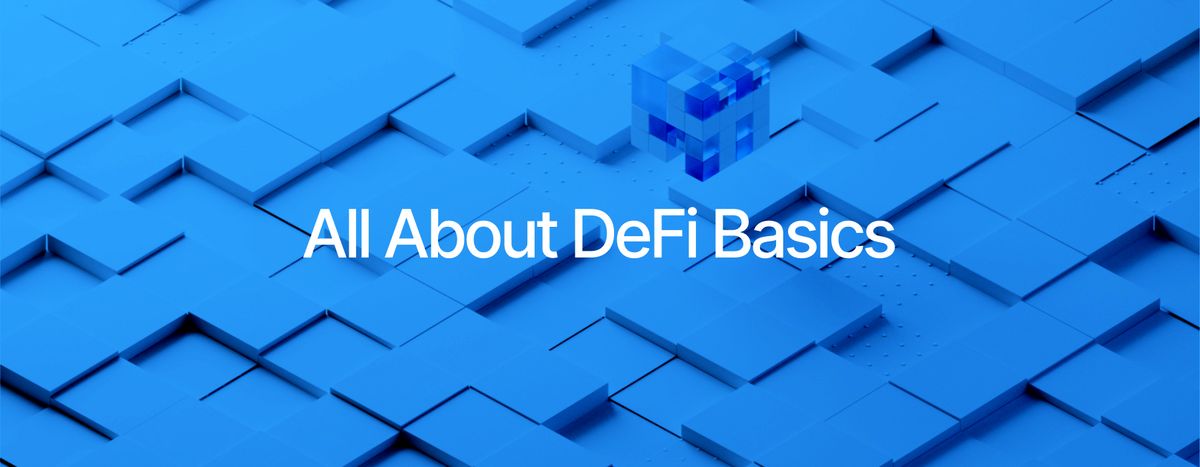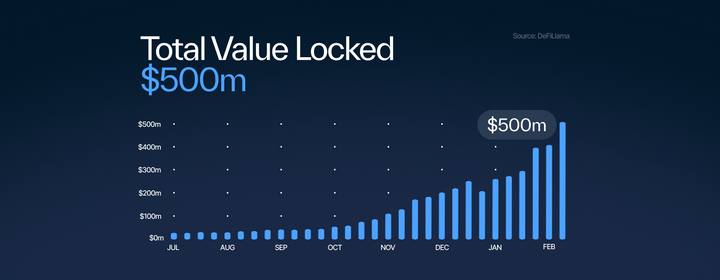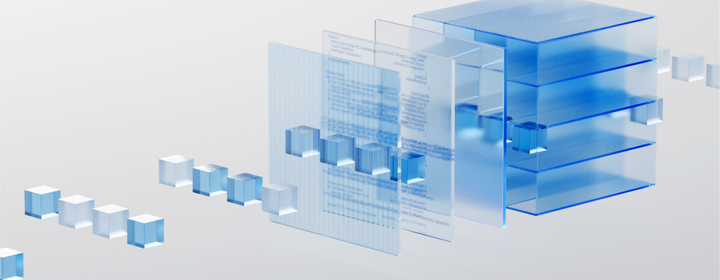All About DeFi Basics
DeFi users on Sui can engage in various activities, including contributing to liquidity pools, lending, and borrowing.

The decentralized finance (DeFi) market is projected to grow from $55.58 billion in 2022 to $337.04 billion by 2030, according to research by Fortune Business Insights. The activities driving this growth include trading, borrowing, and lending tokens, often on a peer-to-peer basis without the need for a traditional financial institution. With the launch of Mainnet and its SUI token last May, the Sui network hosts a growing number of DeFi protocols, giving users many options to engage in DeFi.
DeFi services on Sui benefit from the network’s unique transaction processing model, which enables higher throughput than other blockchains, allowing for more DeFi activity per second. Sui also finalizes transactions more quickly than other chains, so DeFi users are less likely to be penalized by delays in concluding trades, an important feature in volatile markets. Sui's low, predictable gas fees, in comparison to other chains, mean each DeFi transaction costs less.
The more than 20 DeFi protocols currently available on Sui include decentralized exchanges (DEXes) and lending services, many of which are listed on DeFi Llama. Traditionally, DEXes let users trade tokens. Lending services, on the other hand, make it easy for users to lend or borrow tokens at specific interest rates set during the transaction. Amongst these basic activities, each DeFi protocol offers specific and sometimes unique features to help users.
Liquidity pools
SUI, the native token on the Sui network, has several uses but is particularly important for facilitating and executing transactions on chain. The larger blockchain industry includes many more token types, including transactional, governance, utility, security, and platform. For example, a game hosted on Sui might use its own token, something players can earn through in-game activities and trade for items to customize their characters.
Some tokens serve purely financial purposes, such as stablecoins, which are tied to the value of a particular fiat currency. To add to the variety of tokens DeFi users can find on Sui, bridging lets people import tokens from other networks. Tokens originating from other blockchains will generally have bridge-specific wrappers, a bit of code describing the token's origins and attributes, so they can exist on Sui.
Blockchain users go to DEXes to trade one type of token for another, often called a swap, and pay a transaction fee for each trade. DEXes maintain the token supply needed to mediate those trades in liquidity pools. DeFi users who contribute tokens to liquidity pools earn rewards based on the transaction fees paid by token traders and additional pool incentives. The typical liquidity pool model requires an equivalent value of each token to be maintained in the pool, and users may contribute tokens in equivalent value to provide liquidity and earn rewards. For example, if someone wanted to trade USDC for SUI, the DEX would draw the SUI for the trade from its SUI/USDC liquidity pool, deposit the USDC into the pool, and adjust the price of assets algorithmically.
DEXes on Sui typically offer many more options besides contributing to liquidity pools. DEXes may offer services including staking, borrowing, and lending. However, maintaining liquidity pools for token trades has historically been a core service.
Borrowing and lending
The decentralized nature of Sui means lenders don't have to be big institutions; anyone can engage in lending tokens on Sui. However, much of the lending and borrowing is mediated through DeFi services. These services develop and deploy smart contracts governing the lending and borrowing, ensuring the desired terms are met.
Lenders can expect interest from borrowers in the form of tokens, the classic incentive to offer a loan. Unlike traditional lending, however, smart contracts minimize the risk of the lender not being repaid. The smart contract that governs the loan automatically repays the loan and interest from the borrower's wallet based on the agreed upon terms.
Many lending protocols require that borrowers be over-collateralized, meaning users must lend assets to the protocol before they can borrow from it. Along with liquidation mechanisms, overcollateralization ensures a financially healthy protocol with permissionless access. Borrowers can use the loaned tokens to engage in other DeFi activities, such as staking or contributing to liquidity pools, which may earn greater rewards than the loan's interest rate.
Caveat emptor
Anyone wanting to engage in DeFi needs to research the services they want to use carefully. Understand the terms and fees to make sure the service meets all expectations. Another important thing to note is that different countries have different regulations when it comes to DeFi activities. Although many blockchain exchanges won't offer services to people in countries where it is forbidden, some may not be so careful. It's important for DeFi users to know their own country's regulations when it comes to DeFi.



